Results
-
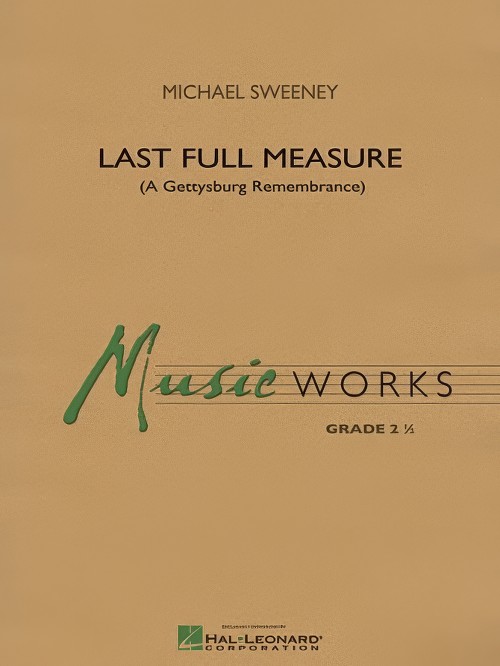 £57.50
£57.50Last Full Measure (A Gettysburg Remembrance) (Concert Band - Score and Parts) - Sweeney, Michael
Commemorating the 150th anniversary of the Battle of Gettysburg, this medley of Civil War-era tunes is cast in a unique and appealing setting for young bands. The Girl I Left Behind Me (tin whistles are optional), When Johnny Comes Marching Home and the tender Johnny Has Gone for a Soldier express longing and hope for loved ones far away. In contrast, Battle Cry of Freedom and Battle Hymn of the Republic inspire feelings of patriotic resolve and courage. A rousingly effective work!Duration: 5:10
Estimated dispatch 7-14 working days
-
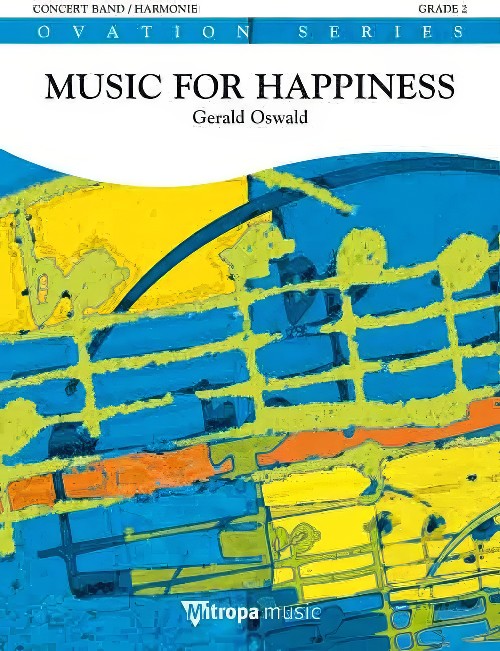 £76.99
£76.99Music for Happiness (Concert Band - Score and Parts) - Oswald, Gerald
As the title suggests, the Austrian composer Gerald Oswald's work Music for Happiness aims above all to convey a message: the great joy in making music together. Music making is joyful and relaxing, and brings a carefree, liberating freedom into the lives of listeners and musicians alike. It conjures a smile on our lips and inspires us to perform in our daily lives with gusto and spirit.Duration: 4:30
Estimated dispatch 7-14 working days
-
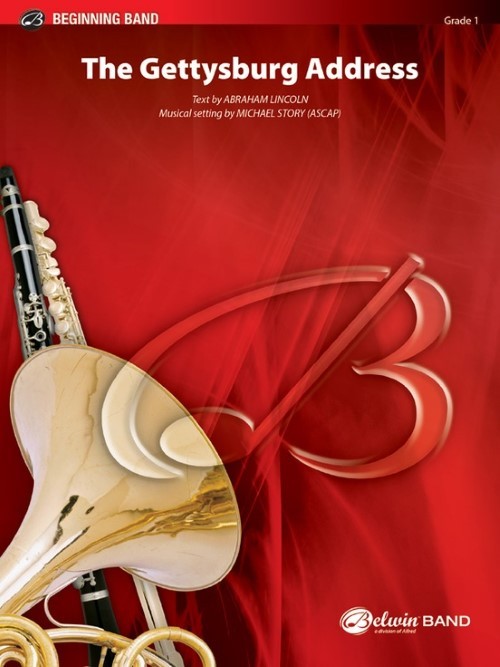 £54.95
£54.95The Gettysburg Address (Concert Band - Score and Parts) - Story, Michael
To be performed with or without a narrator, with text by Abraham Lincoln, this work contains musical fragments from three civil war songs, including the "Battle Cry of Freedom," "Dixie," and "Battle Hymn of the Republic".Duration: 3:00
Estimated dispatch 7-14 working days
-
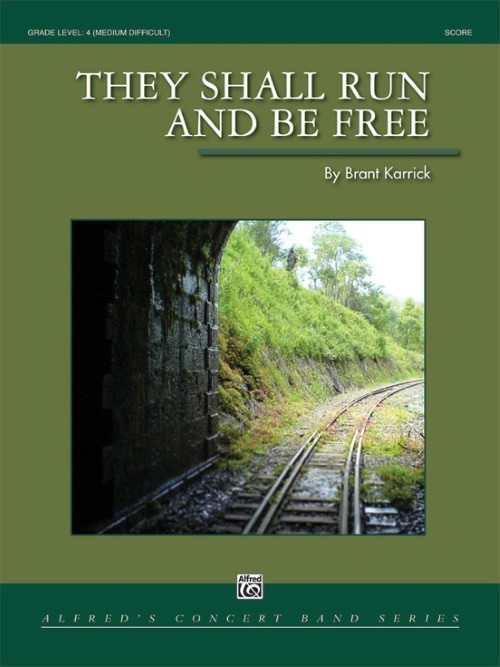 £87.50
£87.50They Shall Run and Be Free (Concert Band - Score and Parts) - Karrick, Brant
They Shall Run and Be Free portrays a daring and perilous slave escape. The opening main theme works its way through changing meters and dissonances and reflects running for one's life while being chased and never knowing what to expect. The slow, middle section includes a setting of the beautiful Negro spiritual Oh Freedom, the simple yet poignant lyrics undoubtedly reflecting the attitude and desperation of many slaves.Duration: 6.15
Estimated dispatch 7-14 working days
-
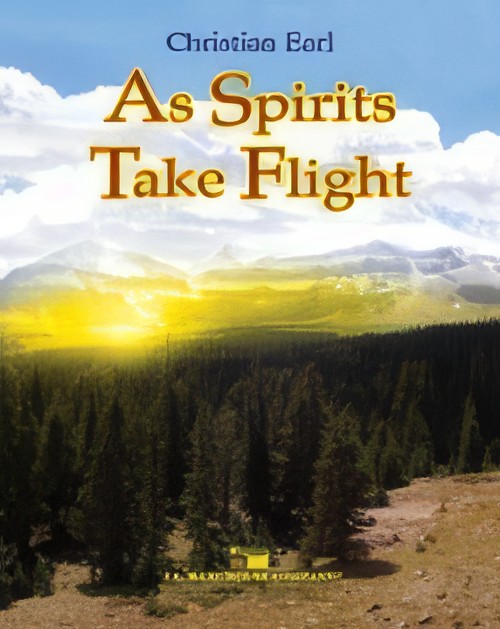 £76.00
£76.00As Spirits Take Flight (Concert Band - Score and Parts) - Earl, Christian
Uplifting and bright, this fine overture was written for the Salt Lake Symphonic Winds. Images of flight are suggested through the composer's use of rhythm and tempo. The middle section has solo lines for trumpet and clarinet and is beautifully scored utilizing the many different colours available to the wind medium. Various cross cueings allow the conductor/director freedom to tailor the piece to fit a particular ensemble. An excellent choice for high school and community bands alike.Duration: 7.30
Estimated dispatch 7-14 working days
-
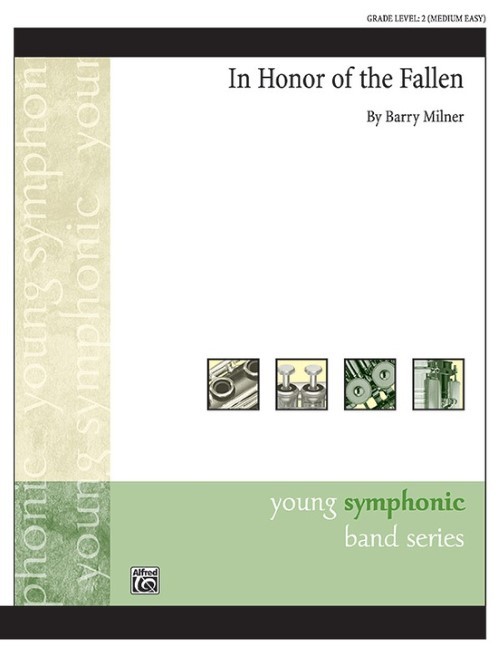 £58.50
£58.50In Honor of the Fallen (Concert Band - Score and Parts) - Milner, Barry
In Honor of the Fallen was written to honor all those who have died in service to our great country while protecting the freedom of our citizens through their military service or domestic heroism. The composer wanted to write a piece that reflected his feelings about those who put their lives on the line on a daily basis. A most uplifting and stirring composition! Duration: 4.45
Estimated dispatch 7-14 working days
-
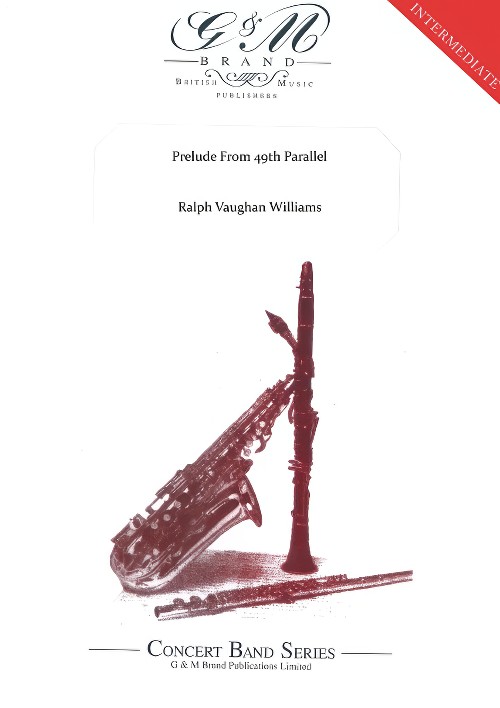 £59.95
£59.95Prelude From 49th Parallel (Concert Band - Score and Parts) - Osmon, Leroy
From the film "49th Parallel," this prelude is a hymn in praise of freedom and mutual trust, which accompanies the film's prologue which is spoken over majestic shots of the Canadian Rockies. Osmon's orchestration retains the rich texture of the original, utilizing thick scoring throughout. The entire Prelude is played molto legato and its harmonies show a delightful simplicity.
Estimated dispatch 7-14 working days
-
 £11.95
£11.95Prelude From 49th Parallel (Concert Band - Score Only) - Osmon, Leroy
From the film "49th Parallel," this prelude is a hymn in praise of freedom and mutual trust, which accompanies the film's prologue which is spoken over majestic shots of the Canadian Rockies. Osmon's orchestration retains the rich texture of the original, utilizing thick scoring throughout. The entire Prelude is played molto legato and its harmonies show a delightful simplicity.
Estimated dispatch 7-14 working days
-
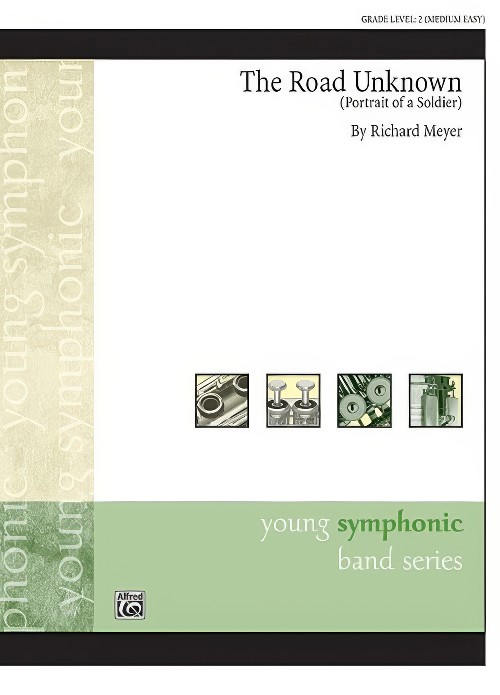 £56.50
£56.50The Road Unknown (Portrait of a Soldier) (Concert Band - Score and Parts) - Meyer, Richard
Deriving its subtitle from a Civil War poem by Walt Whitman, this original tone poem by Richard Meyer is full of emotion and energy. The work is divided into four sections entitled Home, Recruitment, Departure, and Into Battle. It begins with a recurring theme introduced by solo trumpet that represents a young man. This segues into the next theme, which features George Roots's stirring Battle Cry of Freedom. Flutes and drums are widely used to convey a strong feeling of patriotism. The Road Unknown is a thoughtful, well-written work that is sure to stand out at your next concert! Duration: 7.15
Estimated dispatch 7-14 working days
-
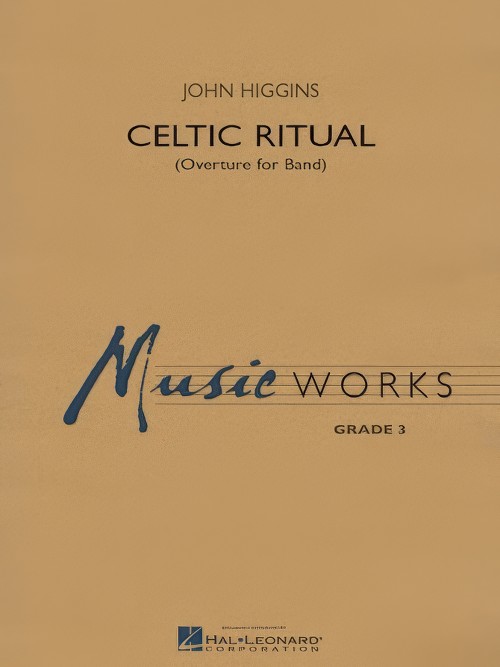 £72.99
£72.99Celtic Ritual (Concert Band - Score and Parts) - Higgins, John
Celtic Ritual captures the unique mix of joy and sadness in the Celtic culture, forged by a thousand years of fighting for freedom. John Higgins' dramatic work also depicts the legendary race of superhuman warriors who were also highly gifted in music and the arts. This is a piece your students need to experience
Estimated dispatch 7-14 working days
